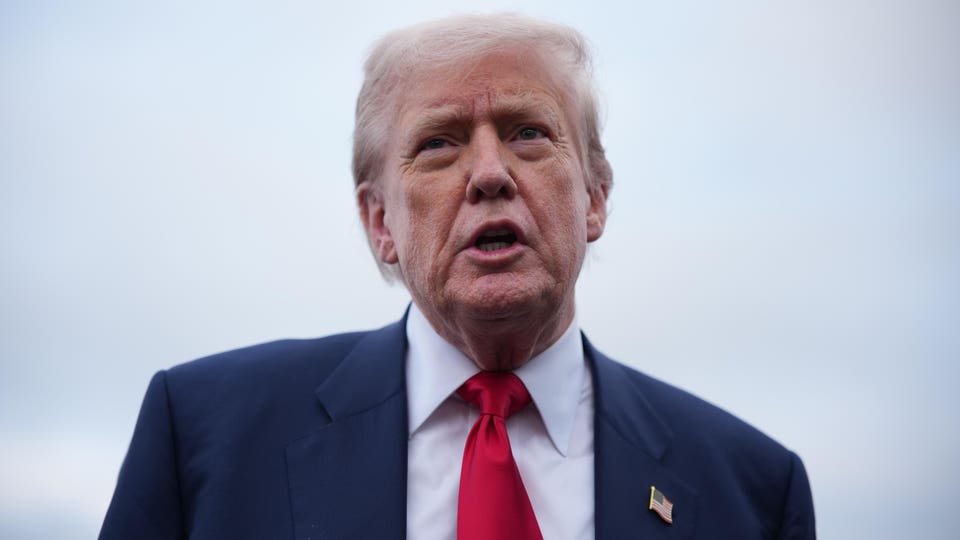President Donald Trump recently ignited a new debate on international trade and economic relationships with strong statements directed at both India and Russia. His administration implemented significant tariff measures against New Delhi, alongside an unspecified “penalty,” citing India’s ongoing commercial ties with Moscow. This bold move underscores a broader strategy to reshape global economic alignments and challenge existing trade practices.
The core of this economic policy shift involves a 25% tariff rate on a range of Indian goods. This tariff imposition signals a heightened focus on bilateral trade imbalances, a recurring theme in the Trump Administration’s approach to Trade Tariffs. Such measures are designed to compel economic partners to re-evaluate their trade relationships, particularly with nations deemed to have “dead economies.”
In his direct commentary, President Trump expressed disinterest in India Economy’s dealings with Russia, suggesting their economies could decline together. He asserted that the United States conducts “very little business with India,” largely due to what he termed India’s “among the highest” tariffs globally. Similar sentiments were voiced regarding the limited US Foreign Policy trade volume between the U.S. and Russia.
A key point of contention for the administration is India’s historical purchasing patterns. India has consistently acquired a significant majority of its military equipment from Russia and holds the position as Russia’s largest energy buyer, second only to China. These long-standing commercial ties are clearly influencing the International Relations dynamic now.
This escalation in Economic Diplomacy follows earlier pronouncements by President Trump regarding potential “secondary tariffs” on key trading partners. The rhetoric has seen notable responses, including sharp remarks from former Russian President Dmitry Medvedev. Medvedev initially dismissed Trump’s ultimatums, viewing them as theatrical rather than impactful on Russia.
Following Trump’s tightened timelines for certain diplomatic resolutions, Medvedev’s tone became more pointed. He cautioned Trump against playing an “ultimatum game,” emphasizing Russia’s distinct geopolitical standing and warning that each new ultimatum represents a step towards dangerous territory for international relations. This highlighted a significant clash in diplomatic styles.
Trump’s subsequent public statements appeared to be a direct rebuttal to Medvedev’s warnings. He explicitly advised Medvedev, whom he characterized as a “failed former President,” to “watch his words” and warned that he was “entering very dangerous territory!” This public exchange underscored the high stakes of current International Relations and the direct nature of the rhetoric.
Beyond India and Russia, President Trump also extended his tariff threats to Canada, simultaneously expressing opposition to Canada’s move towards recognizing the State of Palestine. This indicates a wider application of the administration’s economic leverage and its assertive stance on various global political matters. This multifaceted approach impacts US Foreign Policy across continents.
The aggregate of these actions—tariffs, economic criticisms, and diplomatic warnings—paints a clear picture of an administration committed to reconfiguring global trade agreements and challenging perceived economic dependencies. This assertive Economic Diplomacy is poised to continue shaping international trade and political discourse for the foreseeable future.





Leave a Reply